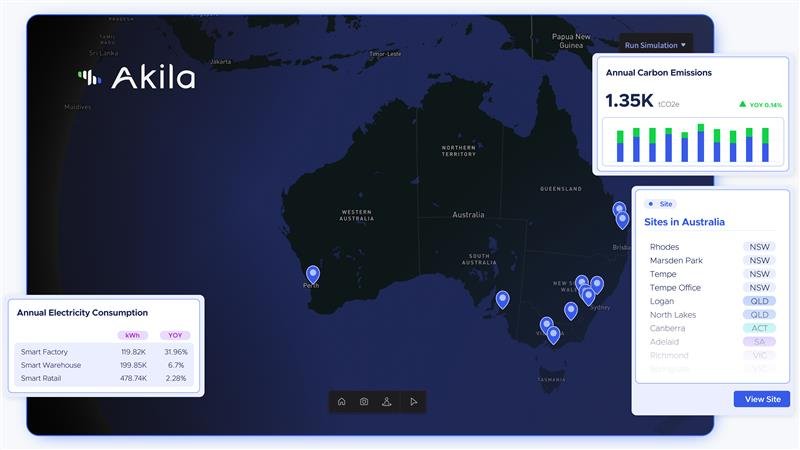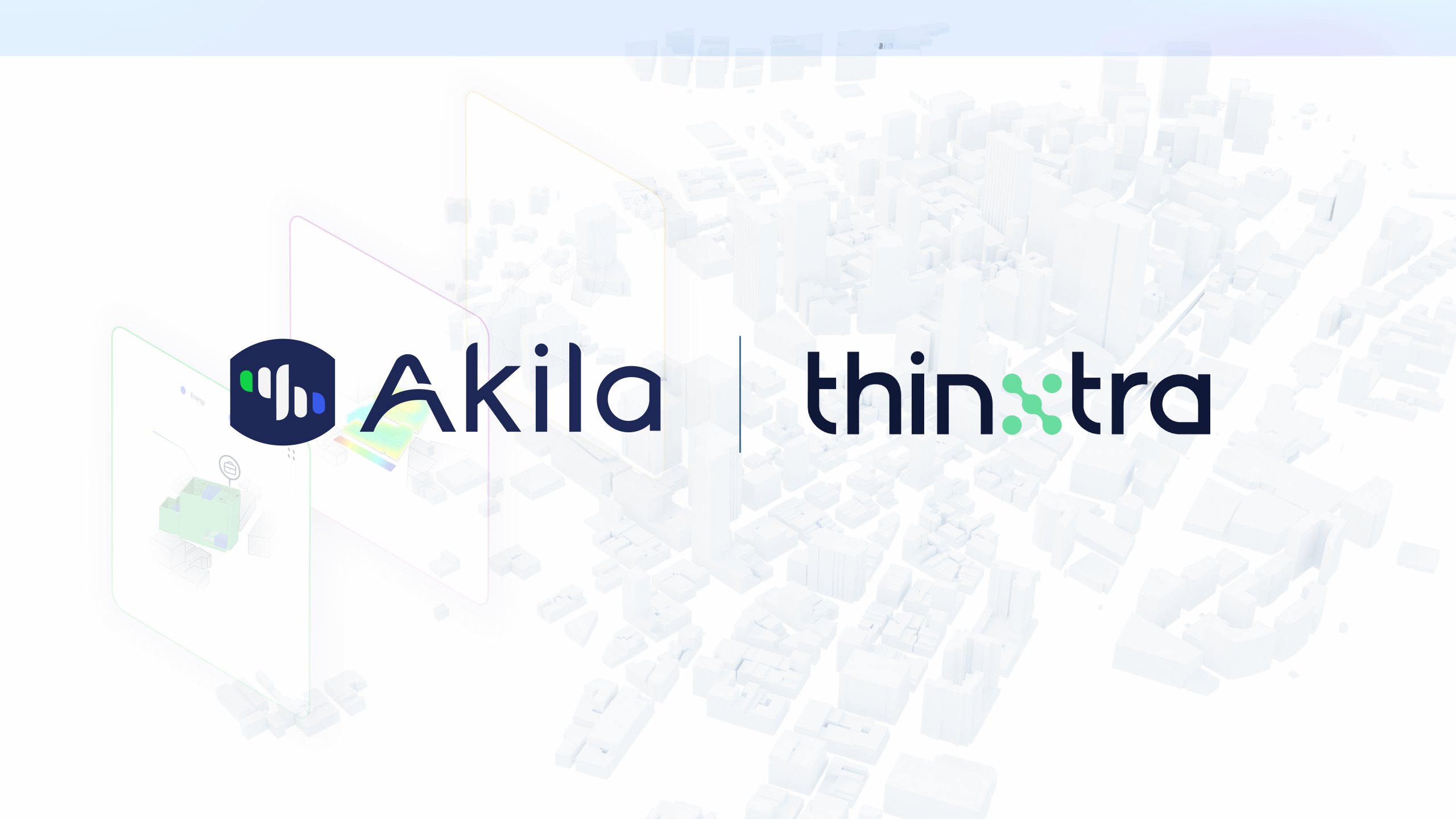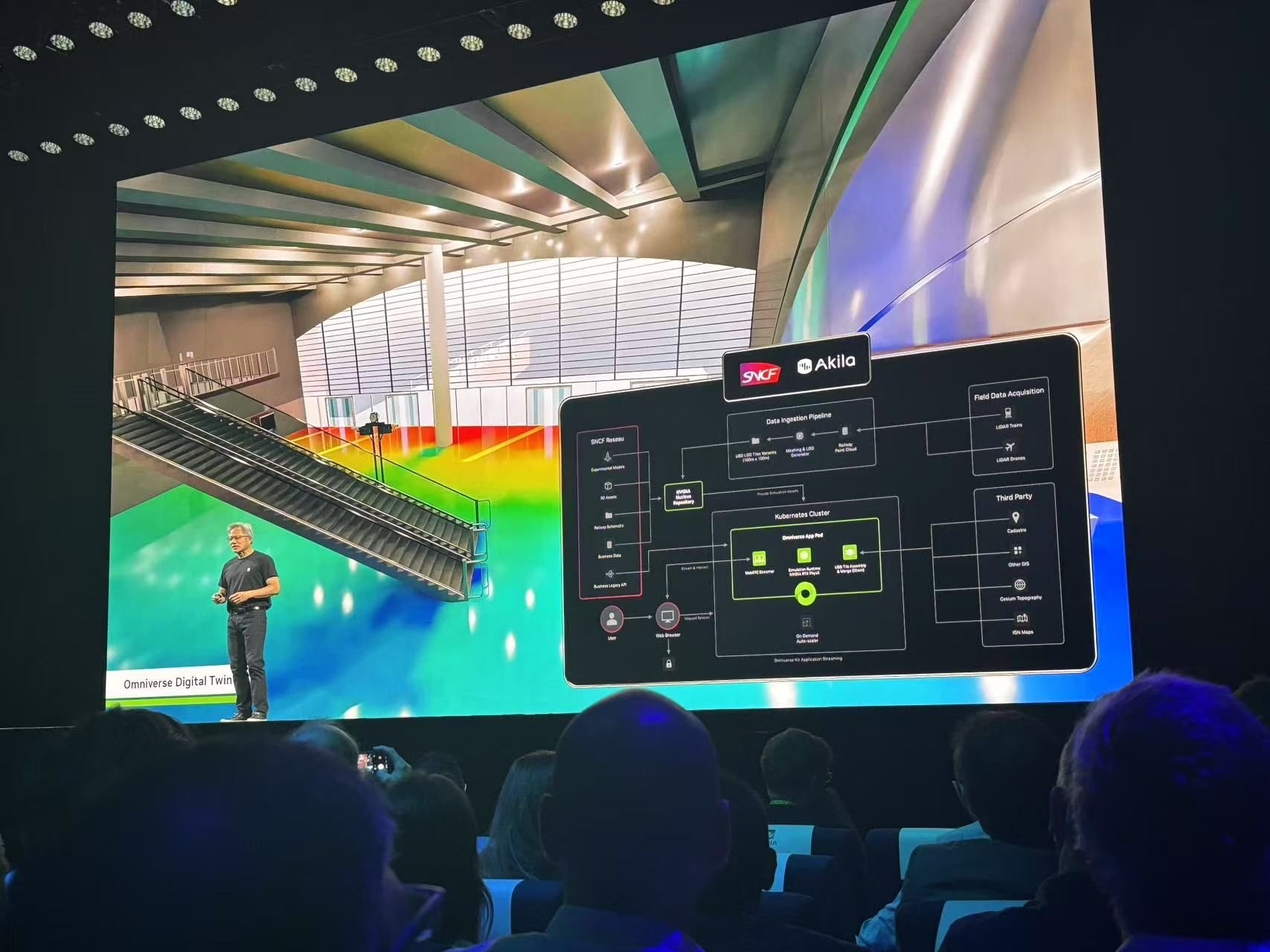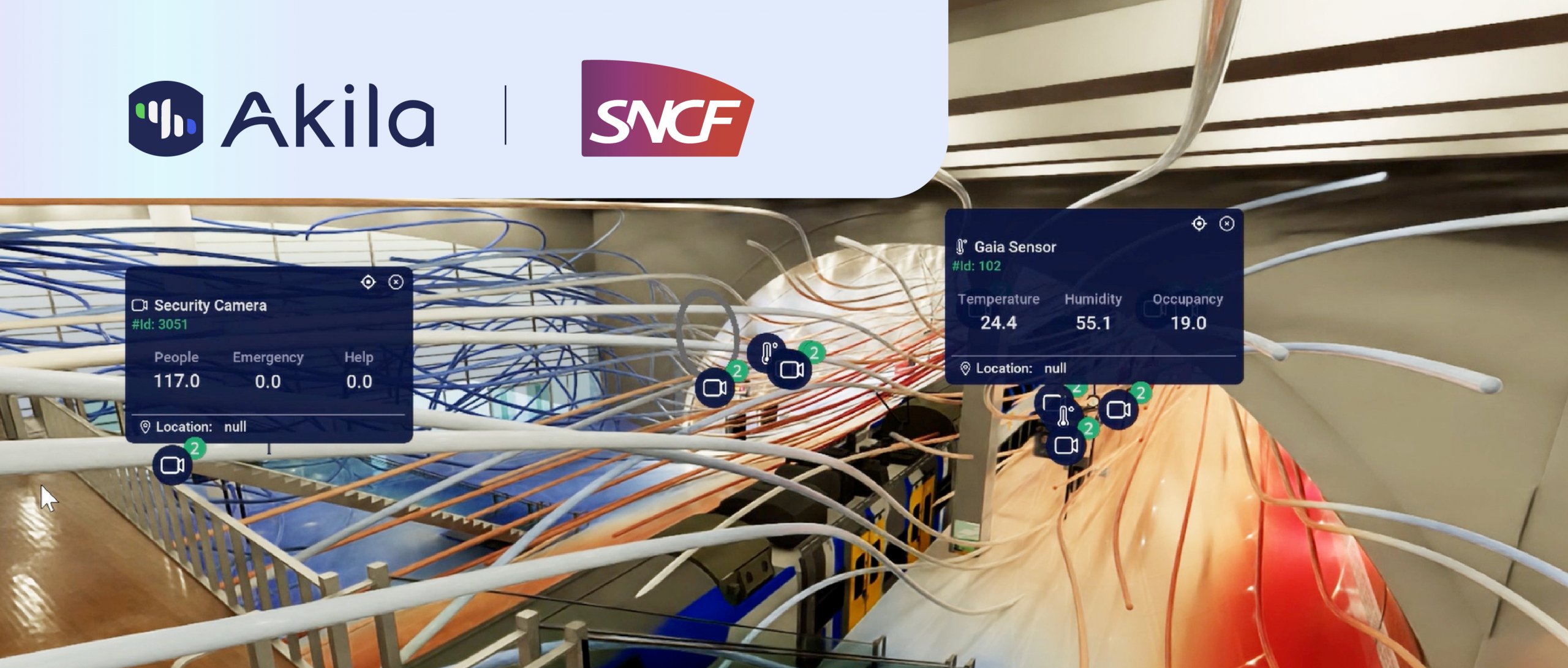
Buildings may not be the first place where you might think of the application of Artificial Intelligence (AI). But just as AI technology is being used to transform sectors like business and finance, it has also brought about significant changes in the architecture, construction, and building management sectors.
Integration of AI throughout the building lifecycle is reshaping key processes from planning to operations. At every stage, different AI tools are being used to enhance efficiency, productivity, and even safety.
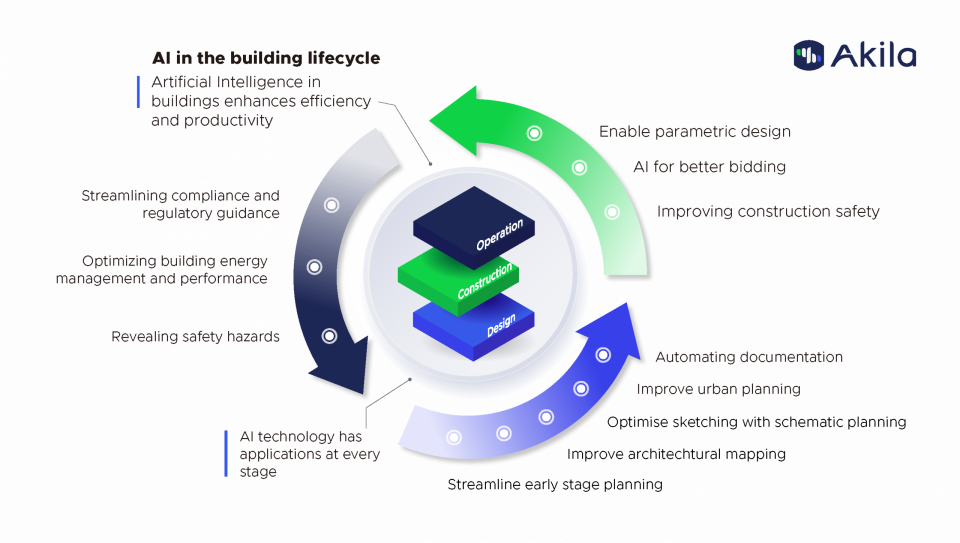
AI in building design
AI in building design marks a transformative shift from traditional manual drafting to automated processes, revolutionizing architectural planning and execution. More specifically, AI technologies in the design phase are impactful in five different ways: streamlining early-stage planning, enhancing architecture mapping, optimizing sketching, improving urban planning, and automating documentation.
Streamline early-stage planning
Floor plans serve as essential blueprints employed by architects in formulating a building’s layout. In design, AI can reduce the necessity for manual drafting. One of the more popular tools for this process is Stable Diffusion, although other types of generative adversarial networks (GANs) allow architects to produce floor plans by taking into account building measurements and environmental factors.
The tools empower architects by swiftly generating a diverse range of design variations based on specified parameters, enabling rapid exploration of different layout possibilities and design alternatives during the early-stage planning process.
Additionally, stable diffusion technology, known for its capacity to produce high-quality images from varied inputs, aids in visualizing detailed architectural aspects early on, facilitating more informed decision-making in the initial planning phases.
Enhance architectural mapping
Through the integration of computer vision into any camera, AI can help architects automatically create floor plans and CAD models with existing videos or images of real-life spaces. This innovative technology is undergoing trials for architectural mapping, granting architects deeper insights into existing structures before initiating construction or renovation endeavors. Harnessing AI algorithms for this task significantly diminishes the time and expenses traditionally linked with mapping out a new environment.
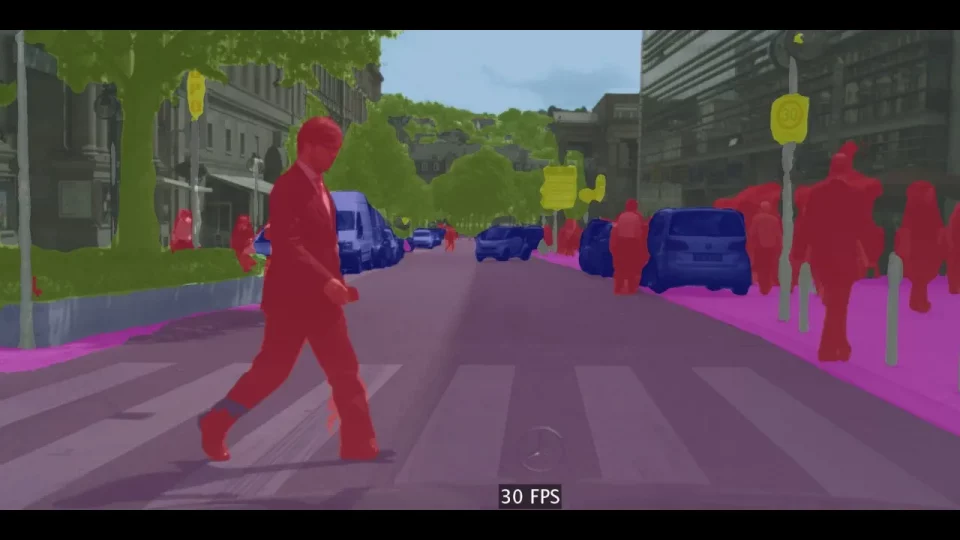
Optimize sketching
AI-driven design solutions significantly contribute to the process of sketching and creativity by empowering designers to broaden their creative horizons and produce a greater number of viable concepts within shorter timeframes. Presently, it has become a regular practice, even among seasoned architects, to utilize publicly accessible AI tools like MidJourney to expedite the sketching and conceptualization phases.
Although AI adeptly generates multiple draft options swiftly, architects are tasked with the responsibility of selecting the optimal design and refining it manually. While AI excels in generating diverse iterations, expediting the initial design phases, it remains incapable of formulating the ultimate solution. Its strength lies in providing numerous versions that streamline the early stages of design, yet the crucial input of human intervention remains indispensable.
Improve urban planning
The intricacies of urban planning demand a comprehensive assessment of factors like population density, traffic congestion, availability of public transportation, and the provision of green spaces. AI can help architects go beyond a single building and have a holistic view of urban planning with 3D models that simulate the possibilities of innovative and sustainable design within the existing urban constraints. These simulations serve as invaluable tools for planners, allowing them to optimize their decision-making processes and forecast potential challenges well in advance, thus preemptively addressing issues that may arise.
Automate documentation
Architectural endeavors commonly entail copious paperwork encompassing contracts, permits, and various documentation. AI-driven solutions offer automation by extracting relevant details from building plans and seamlessly generating essential project documentation. Through this approach, architects can uphold document precision while significantly economizing time otherwise spent on manual tasks.
Revolutionizing construction
AI can play a role in digitalizing one of the least digital industries in the world: construction. Through a variety of applications, AI can bring this industry into the modern era by streamlining inefficiencies and enhancing the quality of information in the handover process between architecture and construction.
AI-powered bidding
The construction bidding process is characterized by its extensive duration, intricate nature, and substantial expenses. Even for accomplished firms, securing one contract means investing a lot of time in 10 other failed contracts. In other words, a significant portion of resources invested in developing those bids often yields minimal returns. With faster analysis of detailed information on the construction and real estate market, AI can help find the most cost-efficient building designs, based on material procurement, fabrication, and construction costs.
Reduced safety hazards
Safety in construction stands as a paramount priority within the industry, its significance continually growing along with the heightened complexity of modern projects. Through the deployment of on-site cameras embedded with computer vision capabilities, the identification of safety lapses, such as employee proximity to heavy machinery, occurs instantaneously, prompting immediate notifications to project supervisors.
By integrating AI models with Building Information Modeling (BIM) data, safety officers in construction can discern high-risk zones prone to accidents, facilitating strategic site management to circumvent potential hazards. AI can help identify safety hazards both during the design process and before and after construction.
Enabling parametric architecture
The advent of AI-enabled parametric design (a design method in which building features and engineering components are shaped based on algorithmic processes rather than direct manipulation) presents a pioneering methodology for crafting intricate architectural designs attuned to distinct objectives. AI models, by considering diverse parameters such as building materials and spatial constraints, adeptly encode designs through geometric rule programming. This approach empowers architects to meticulously align each design with precise criteria, ensuring their fulfillment of standards.
Operational efficiency
AI is perhaps the most powerful in buildings when applied to operation. By harnessing different AI-driven solutions, buildings can optimize buildings’ energy management and predict maintenance needs but also reveal HSE risks with precision.
Optimizing building energy management
Through the utilization of machine learning, the potential arises to enhance energy efficiency within buildings significantly. AI-driven solutions can identify inefficiencies and propose ideal configurations for air conditioning, ventilation, heating, and lighting systems, thereby optimizing a building’s overall performance.
Additionally, sophisticated AI tools like computational fluid dynamics (CFD) simulations and thermal analysis software facilitate the evaluation of thermal efficiency in architectural projects even before the commencement of construction, offering insightful assessments ahead of the building phase.
After equipment performance information is collected through sensors and meters, a library of benchmark data is applied, analytics are performed, and potential operational improvements are identified. To automate insights into actions as they optimize assets with IoT, many companies are advancing their use of predictive analytics to AI or learning systems.
By leveraging AI-backed data analysis, building owners can significantly cut energy consumption and achieve ambitious cost-saving targets. For example, by combining data for heating and cooling with micro-location forecasts, an HVAC system can deliver more efficient heating and cooling.
Energy managers can leverage Analytics can also be used to prevent energy waste by isolating inefficient energy use. Sensor-controlled systems can monitor dispensing and water use. Cognitive maintenance systems can help preserve the health of critical building equipment and assets by anticipating asset failure and guiding timely interventions.
Predicting maintenance needs
AI is pivotal in predicting maintenance needs within building operations by leveraging data analytics and machine learning algorithms. By continuously collecting and analyzing various data points such as equipment performance, environmental conditions, energy usage patterns, and historical maintenance records, AI models can identify potential issues before they escalate.
These predictive models can forecast equipment failures or maintenance requirements, enabling proactive interventions. Through anomaly detection and pattern recognition, AI systems can detect deviations from normal operation, signaling potential breakdowns or inefficiencies. Ultimately, this proactive approach to maintenance helps reduce downtime, optimize resources, and ensure the smooth functioning of building systems, leading to cost savings and increased operational efficiency.
Revealing HSE risks
In addition to contributing to project development, AI and machine learning models serve as supplementary validation systems capable of discerning imperfections within engineering designs. They can detect structural vulnerabilities arising from faulty materials or construction methodologies. Moreover, employing AI models to scrutinize extant designs and structures enables architects to preemptively pinpoint potential risk areas before the commencement of any construction activities.
Embracing change
AI has a multitude of applications to enhance the design, construction, and operations of buildings and can revolutionize our approach to the building lifecycle. A lifecycle that, until this point, has contributed 40% of all carbon emissions into the environment.
Although traditionally hesitant to digitalize, there may be little choice for this industry if AI can deliver on its potential to improve speed, efficiency, accuracy, and carbon impact. Decision-makers at architectural firms, construction groups, and building operators are looking at a fresh opportunity to transform their processes for the better substantially.
